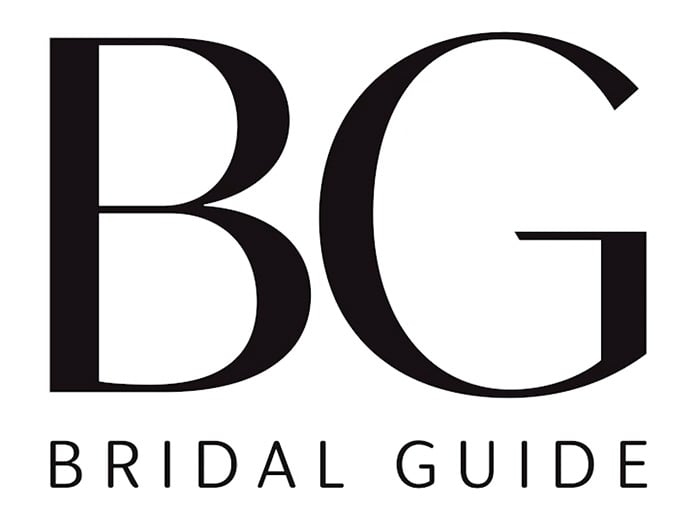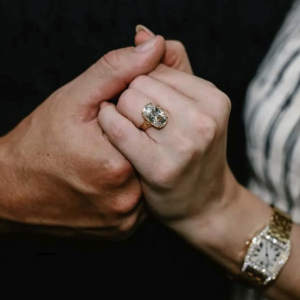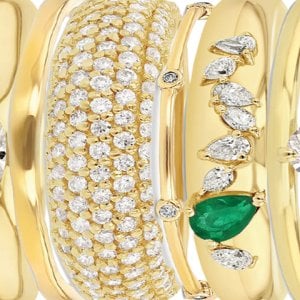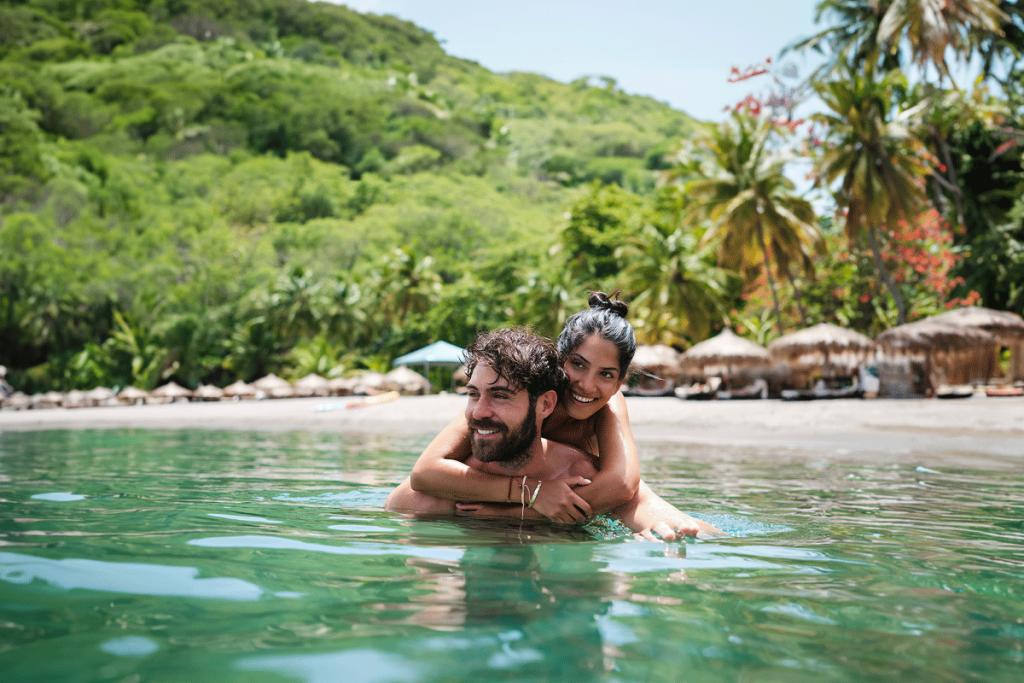You might not be surprised to hear that "How do I save money on an engagement ring?" is a question we get all the time. It's true — an engagement ring is a huge investment not only for your relationship, but for your finances as well. Our best advice is to plan a budget and STICK TO IT.
Online jewelry store Trumpet and Horn helps you get a little more bang for your buck with the following tips:
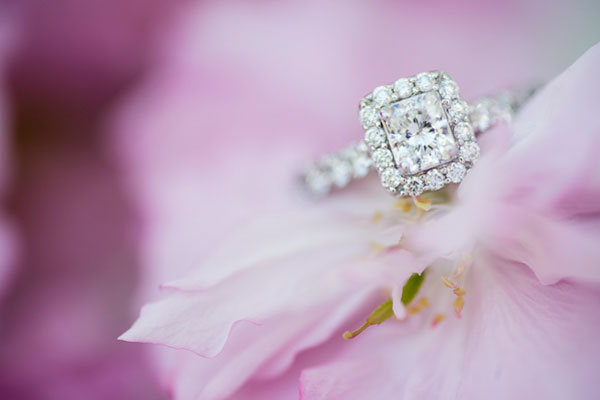
Photo Credit: Natalie Franke Photography
1. Compromise on the 4 C’s.
- Color: The color grading scale ranges from D to Z, with D being completely colorless to the naked eye, and Z being a yellow-hued stone. Rather than choosing a completely colorless diamond (like an “F” on the scale), try an H-graded stone, which is nearly colorless.
- Clarity: Pay note to inclusions, which are imperfections within the stone. Diamonds with VS1 – VS2 clarity are a bit pricier than diamonds with SI1 or SI2 clarity. Inclusions in VS-graded diamonds are difficult to see with the naked eye. If you have a budget constraint, don’t pay extra for something you can’t see. SI-graded diamonds are just as pretty, as long as the inclusions don’t endanger the structural integrity of the diamond.
- Carat: Avoid paying extra for size, when you can save a little by buying a diamond just a tad bit smaller. For example, rather than buying a one-carat diamond, go for a .85-.95 carat weight. Instead of a .75-carat diamond, try one that clocks in at .73 carats. A jeweler is probably the only one that can tell the difference.
- Cut: Out of the "Four C's," cut has the biggest impact on a diamond's quality, so we advise brides to splurge in this area. Antique diamonds such as rose-cut or old mine-cut are typically about 30% cheaper than modern variations such as round brilliant-cut or princess-cut. The reason for this is mostly due to the labor costs of cutting modern diamonds in factories with laser precisions tools. Whereas, vintage rings don't have labor costs since they have been around for decades.
2. Consider colored gemstones.
If you are more of a non-traditional type, check out rings with colored stones. Non-diamond rings such as opals, amethysts, garnets, pearls, emeralds, sapphires and tanzanite are often less expensive, and you can typically upgrade the size of the stone.
3. Go for more than one stone.
Cluster and halo rings give off a much bigger appearance than a solitaire, and they are typically less expensive. A ring made up of several smaller stones can provide that "wow" factor without breaking the bank!
4. Choose a ring with fancy metal work.
One way to cut costs is to buy a ring with fancy metal work. Intricate settings not only add to the beauty of the ring but also create the illusion of a bigger stone.
5. Shop vintage.
An excellent reason to buy a vintage engagement ring is because the diamonds have already been mined decades ago, thus reducing labor costs. Additionally, with vintage engagement rings you skip the traditional markup of up to 40-50% that retail stores typically add on for new engagement rings.
See the difference with your own eyes in this infographic:
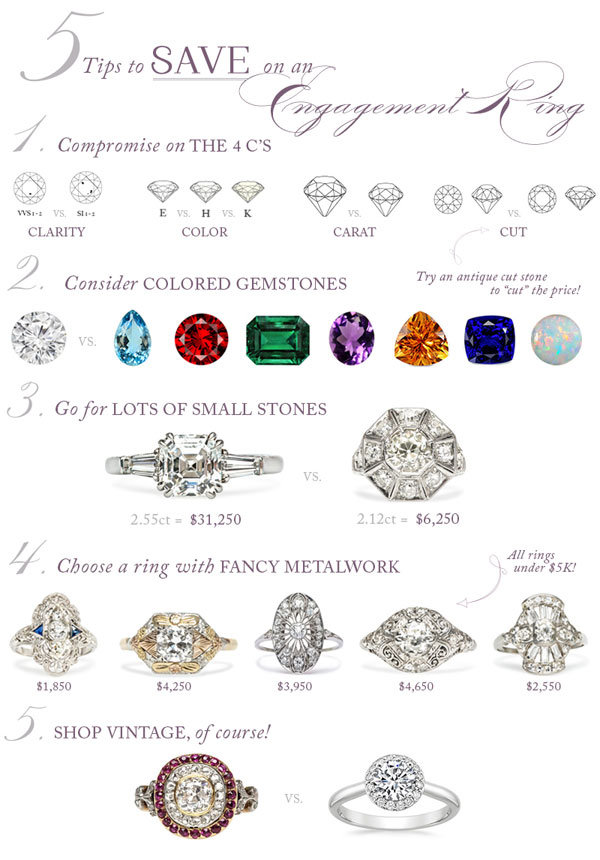
Plus, check out 30+ vintage-style engagement rings ►
This article originally appeared on Trumpet and Horn.
- ssainato's blog
- Log in or register to post comments
